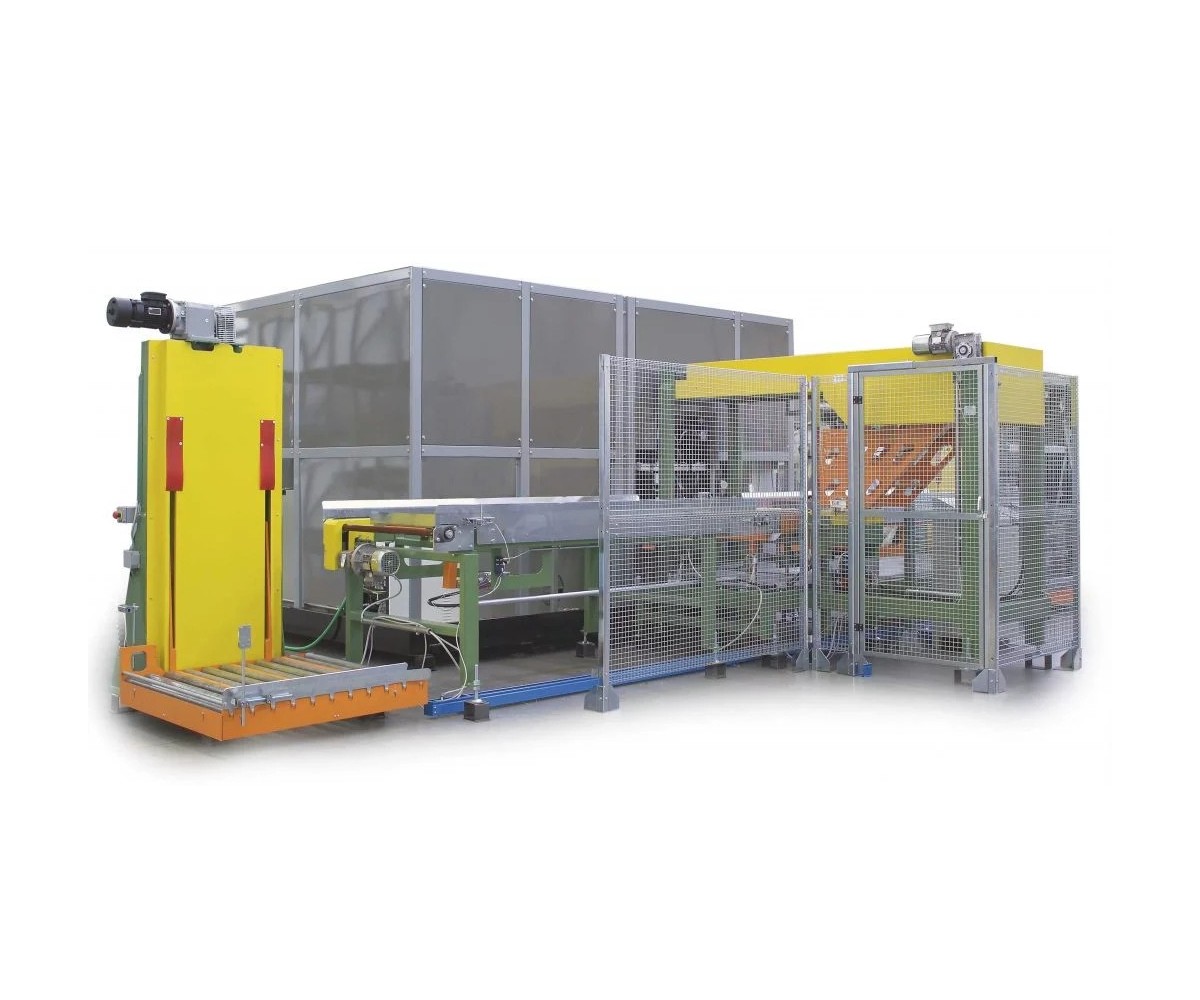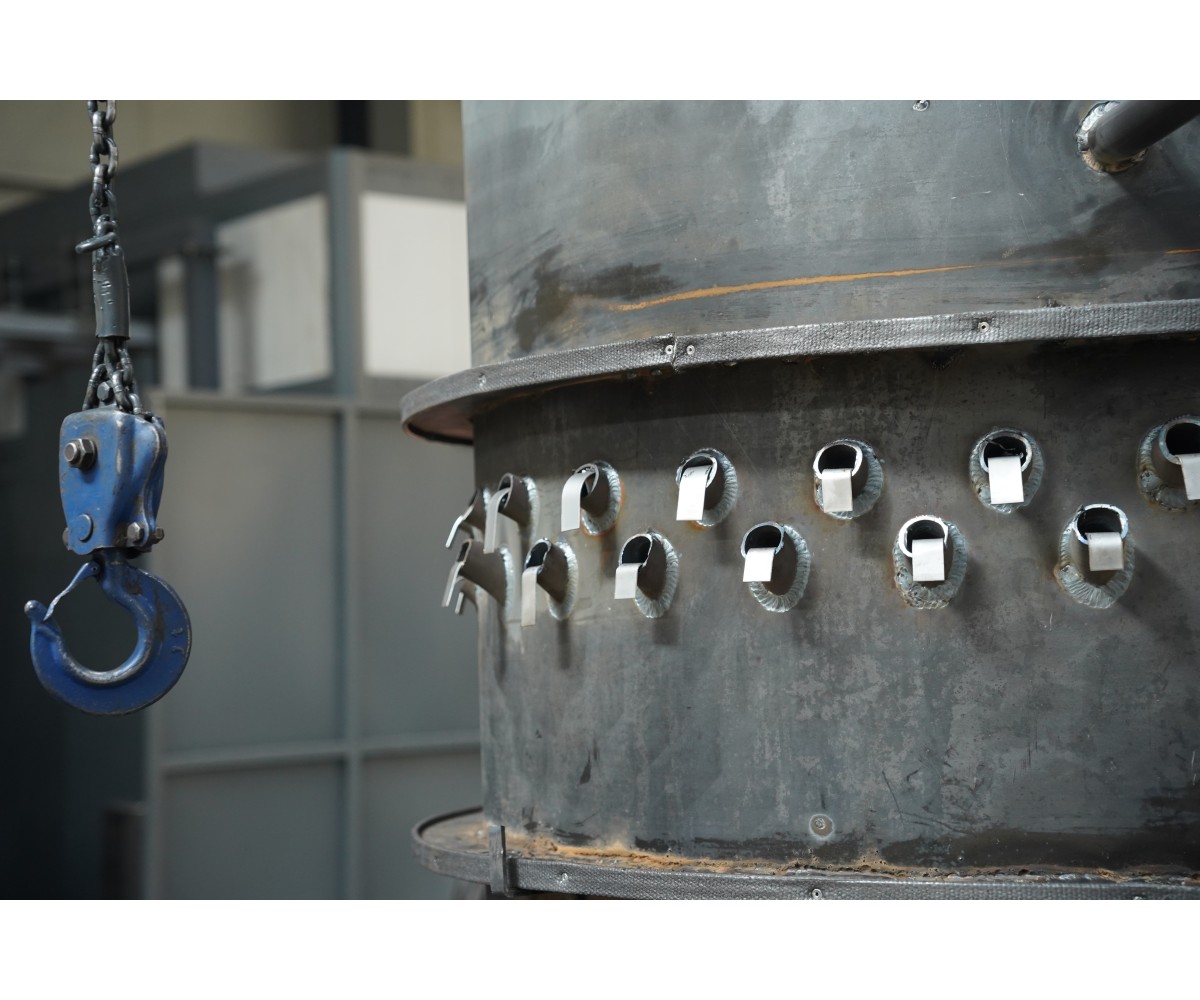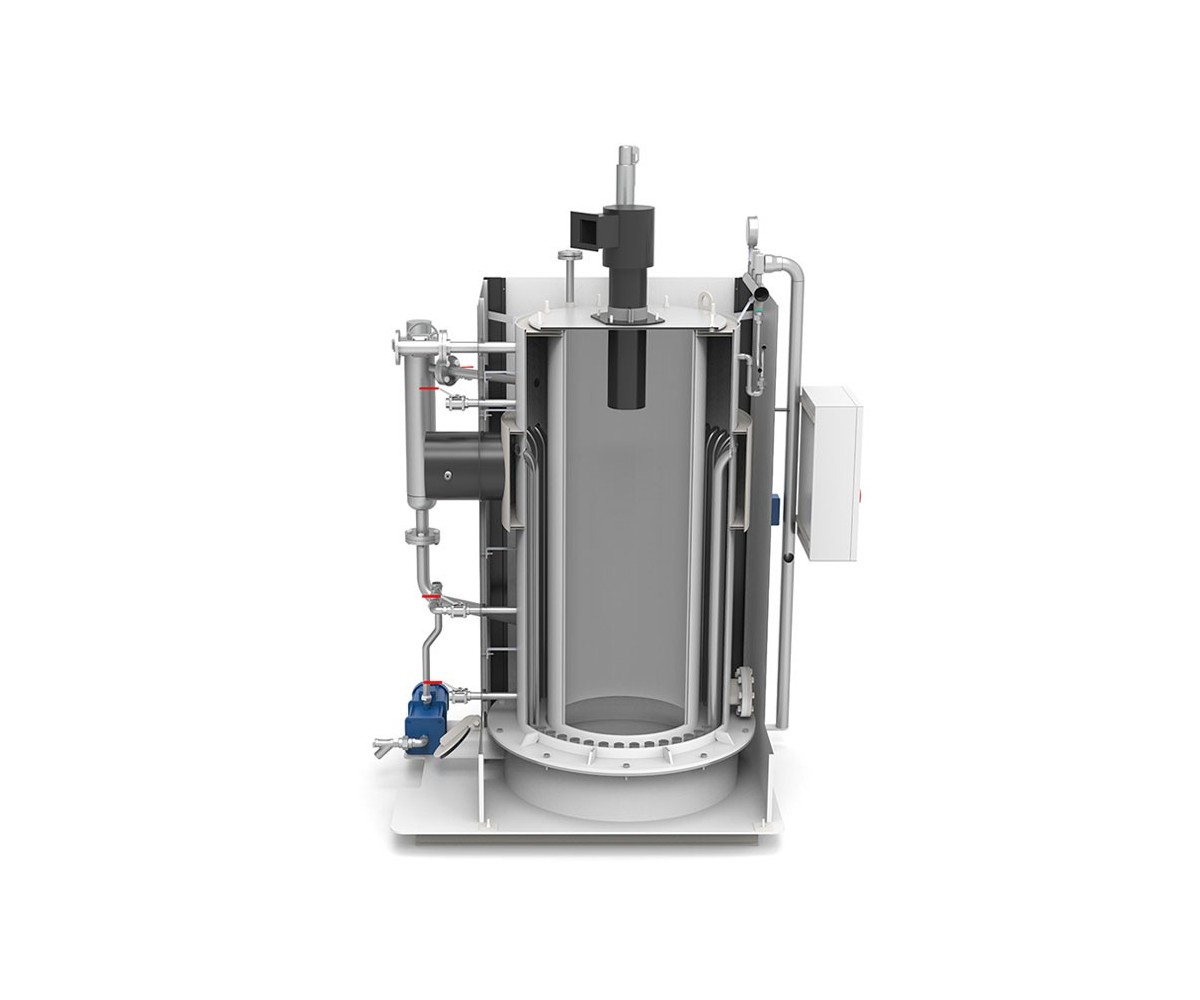Steam Types and Areas of Use
Business Steam
The steam produced in steam boilers for indirect heating in the process is called process steam or plant steam. This type of steam contains chemicals or additives, so it cannot be called “clean” in the process. When you use process steam in an indirect heating process, the materials exposed to the steam are not suitable for use because of the chemicals it contains. For example, process steam should not be used for direct heating in the food industry because the substances it contains affect the “safety” of the food product in terms of public health. Therefore, in such applications, you need clean steam.
Hygienic Steam
Hygienic steam generators are generators that produce steam that is “pure” and “clean”. These machines are used in situations where there should be no harmful or external substances in the steam. It can mostly be found in food, cosmetics, pharmaceutical and steam sterilization processes. It is also used not only in the pharmaceutical industry and hospitals but also in cooking and processing food and sterilizing food and beverage containers.
The production method of hygienic steam is specified in internationally valid standards.
- Filtered Steam: It is produced from the operating steam using a very fine filter defined in microns. This type of clean steam is generally produced by filtering particles larger than 2 microns, excluding water particles up to and including 2 microns.
- Clean Steam: Steam produced by a steam generator using deionized feed water. The system takes its heat from the process steam. Clean steam contains small amounts of chemicals, and limited amounts of chemicals are allowed in the feed water of this steam.
- Pure Steam: The steam obtained by using distilled or deionized water suitable for injection is known as pure steam. In pure steam, there should be no chemicals present. Clean steam does not hesitate to say that each of them has different substances, which constitutes the production of clean steam; despite these characteristics; all three are generally referred to under the name of “Clean Steam”.
Examples of Use of Clean Steam:
- Sterilization: In the pharmaceutical industry and hospitals, sterilization of various devices, containers and textiles, and in the food and beverage industry.
- In CIP (“Cleaning in place” – Cleaning in Place) and SIP (“Sterilization in place” – Sterilization in Place) Units: Pharmaceutical and food industries.
- Air Conditioning Processes: Clean steam is used to humidify the air conditioning systems of clean rooms.
- Pharmaceutical Manufacturing: In the production of drugs and intermediates and final cleaning of equipment.
Clean Steam Installation Requirements:
Steam distribution should be made by considering that the condensate will be discharged in the most efficient way during the discharge of steam from the system. Condensate discharge is much more important in clean steam lines. This is the case because the conditioning water in the system is designed to accumulate to form condensate. Therefore, the following points should be used in the design of steam systems.
- Select the pipe diameter specified by the pressure, velocity, steam quantity and process inlet conditions.
- When selecting the pipe diameter, select the average speed as 25 m/s.
- Steam distribution should always be done from the top. Take the branches from the top. In vertical rises, drain the condensate that will remain at the bottom with a suitable type of steam trap.
- Give the pipeline a slope of 1/70 – 1/100.
- The clean steam installation should not be connected to the workforce steam. It should be designed as a completely independent installation.
Clean steam is needed in the pharmaceutical, food industry and hospitals. Clean steam generation systems and steam distribution devices are important. Therefore, hygiene should be emphasized everywhere.
The design of the Hygienic Steam Generators and their installations differs from the normal operating steam generators and distribution pipes. Of course, the devices must also be made of stainless steel and materials suitable for clean steam.
On the other hand, the quality of medical hot steam will also affect the effect of steam sterilization. The steam should not be 95% dry, nor should it be too hot.





